

O/Create presented by Netcompany is an open call competition inviting emerging creatives to design and build a site-specific project for O Days. Whether it’s a pavilion, an installation, or something that transcends categories, the key is to bring the concept to life on the festival grounds.
Stay close for updates on next year’s O/Create competition brief.
2025 Finalists
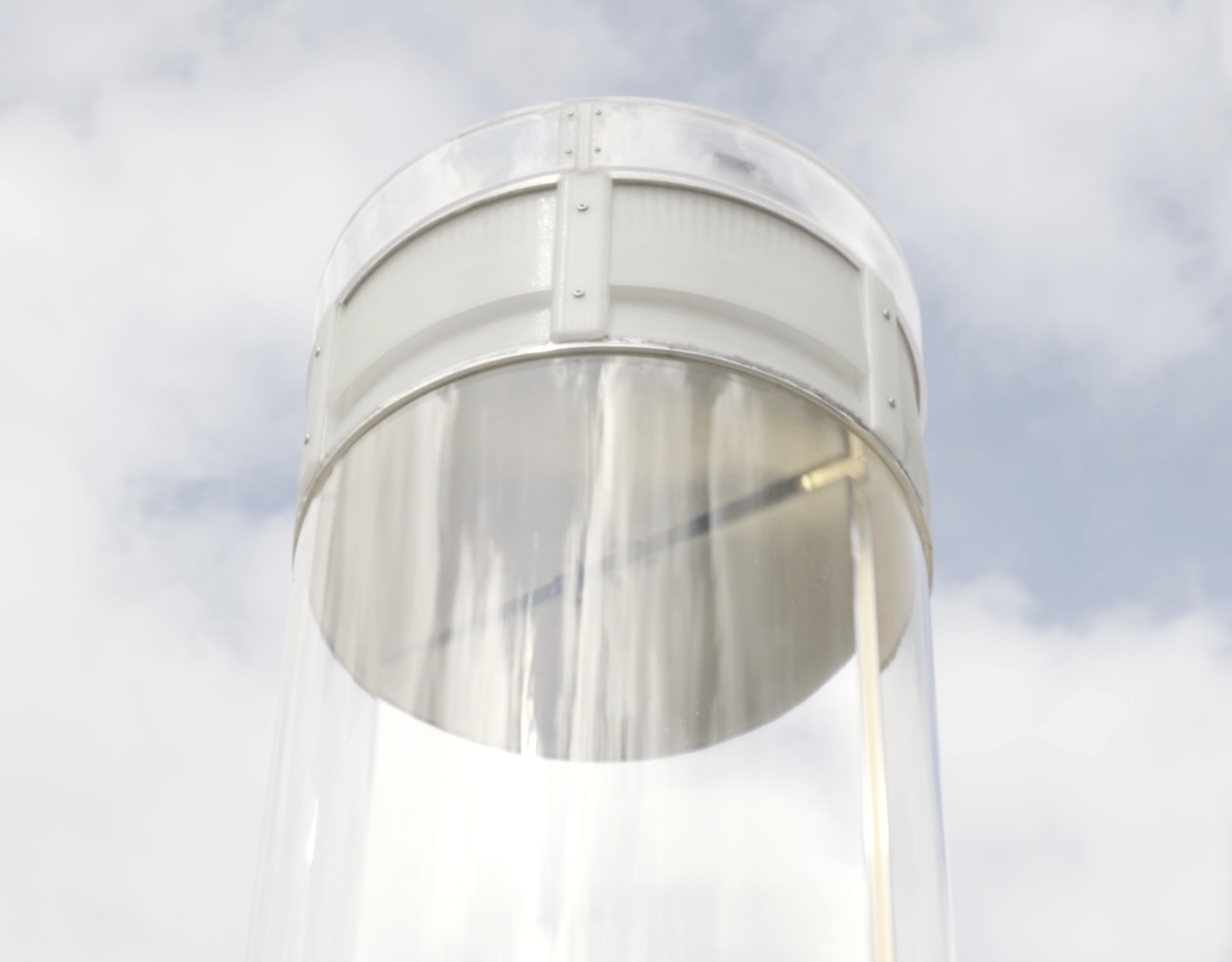
Doppler (Winner of O/Create 2025)
Søren Lyngsø
Doppler is an immersive installation where light, sound, and motion interact in constant transformation. Rotating mirrors reflect the environment in shifting fragments, while sound moves directionally through the space. The work transforms the presence of the viewer into subtle changes in rhythm and atmosphere. It evokes the hidden systems that register and respond to us—quietly shaping how we experience the world.
Read More

Read Less


Left or Right?
Lila Rui Lan, Karoline Faxe, Natascha Christina Petersen
Left or Right? is an interactive installation inviting O Days Festival visitors to experience the unpredictable flow of decision-making in real life. Through custom-built AR glasses, participants are asked personal questions that guide them through a branching journey — one shaped as much by chance as by choice. The installation collects and transforms each interaction into a cumulative map of data: a dense, entangled web of decisions that visualises interconnected paths rather than isolated ones. As the experience unfolds, it reflects on the illusion of individual agency and highlights how our lives are layered, shared, and in constant motion.
Read More

Read Less

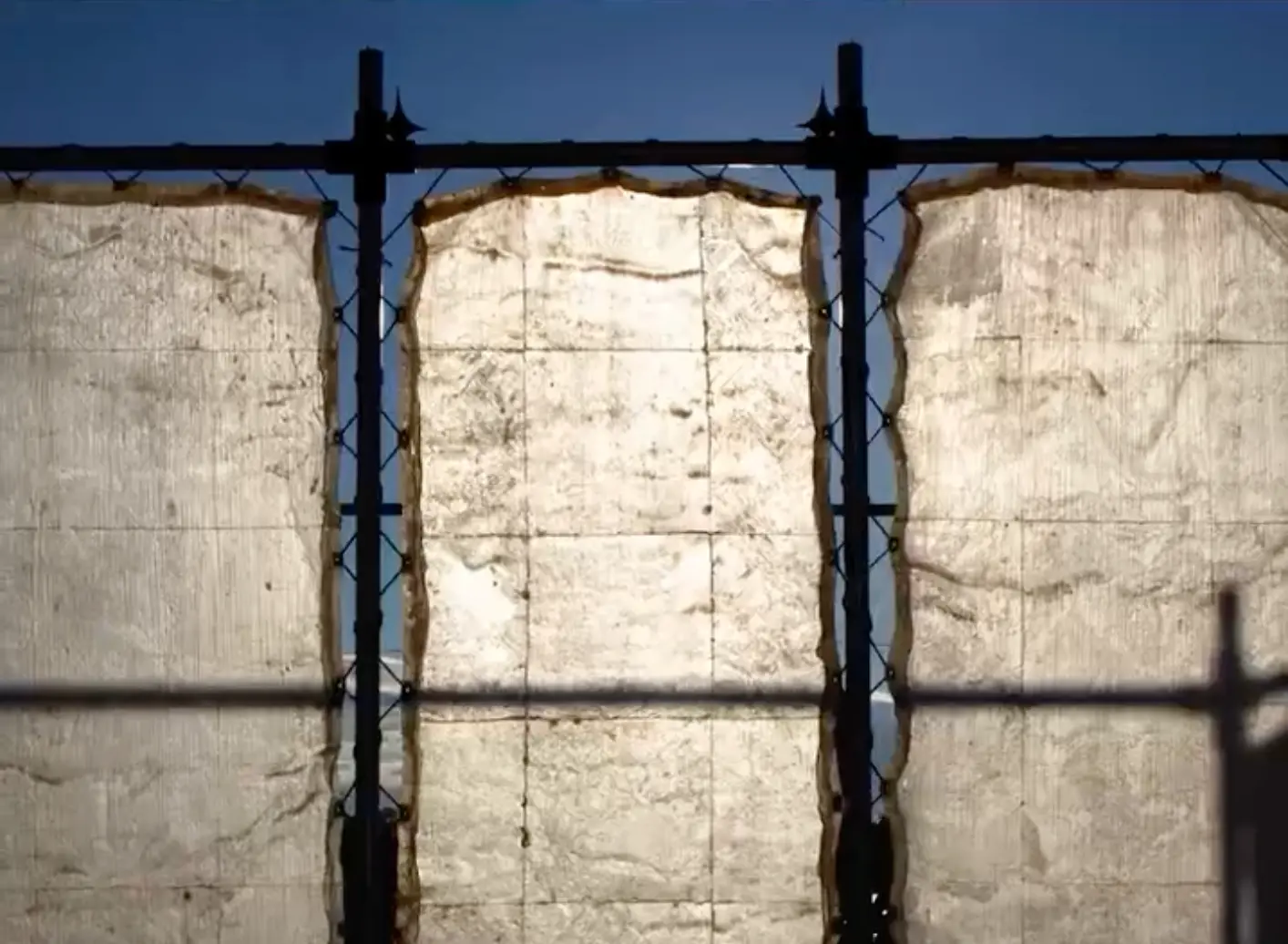
Resonance in Liminal Matters
Katja Banovic and Xavier Madden (7:37)
Resonance in Liminal Matters is an interactive pavilion that transforms music into textured, light-reactive surfaces, translating ephemeral sound into spatial, tactile experiences. Using generative design tools, music is converted into 3D-printed molds for casting biodegradable latex skins. The result is a luminous structure that invites reflection, rest, and connection through shifting silhouettes and shared encounters. Built from modular, reusable components, the pavilion prioritizes circular design and adaptability, evolving with each new context. It functions not as a final form, but as an ongoing exploration of how sound, material, and architecture can resonate together.
Read More

Read Less


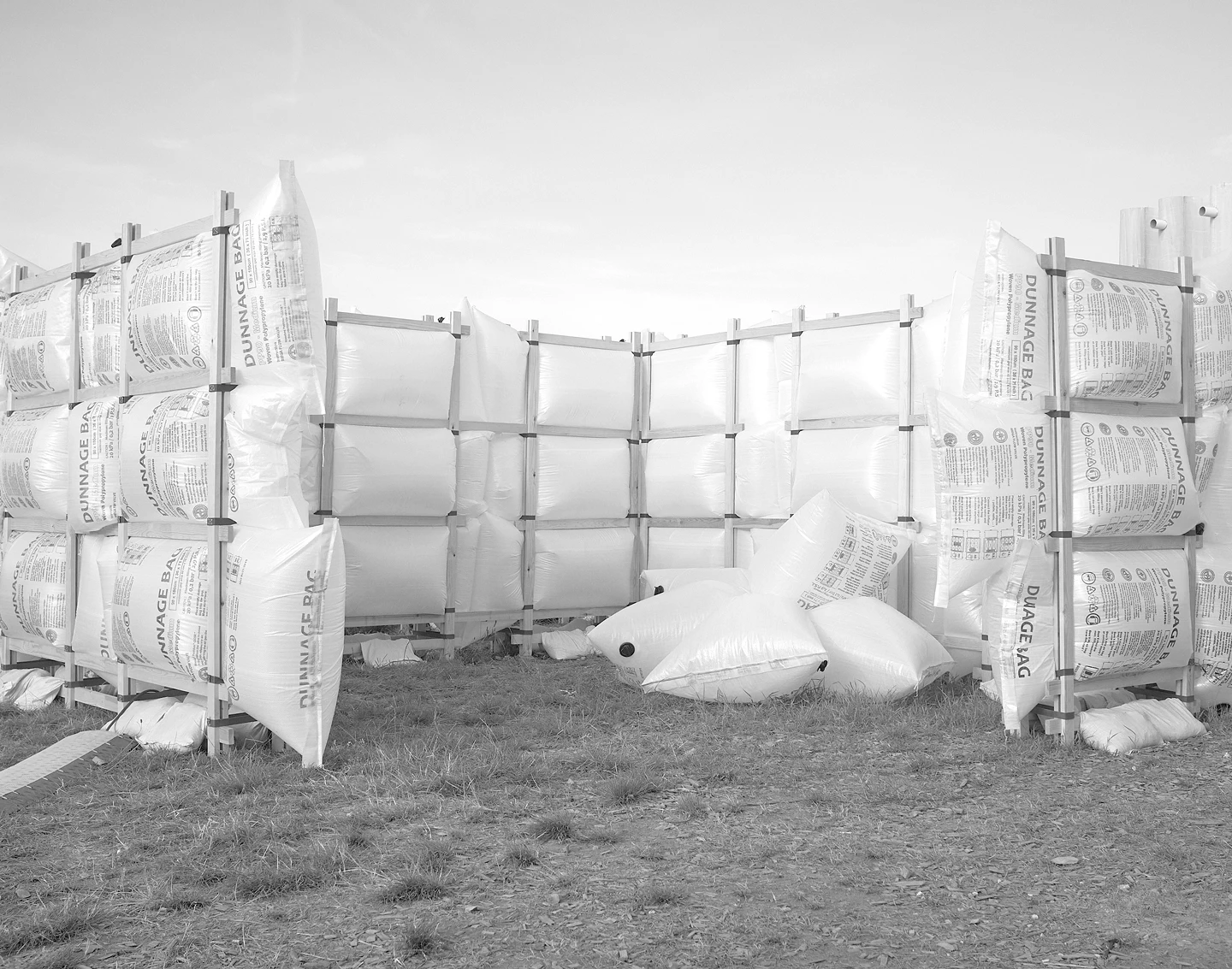


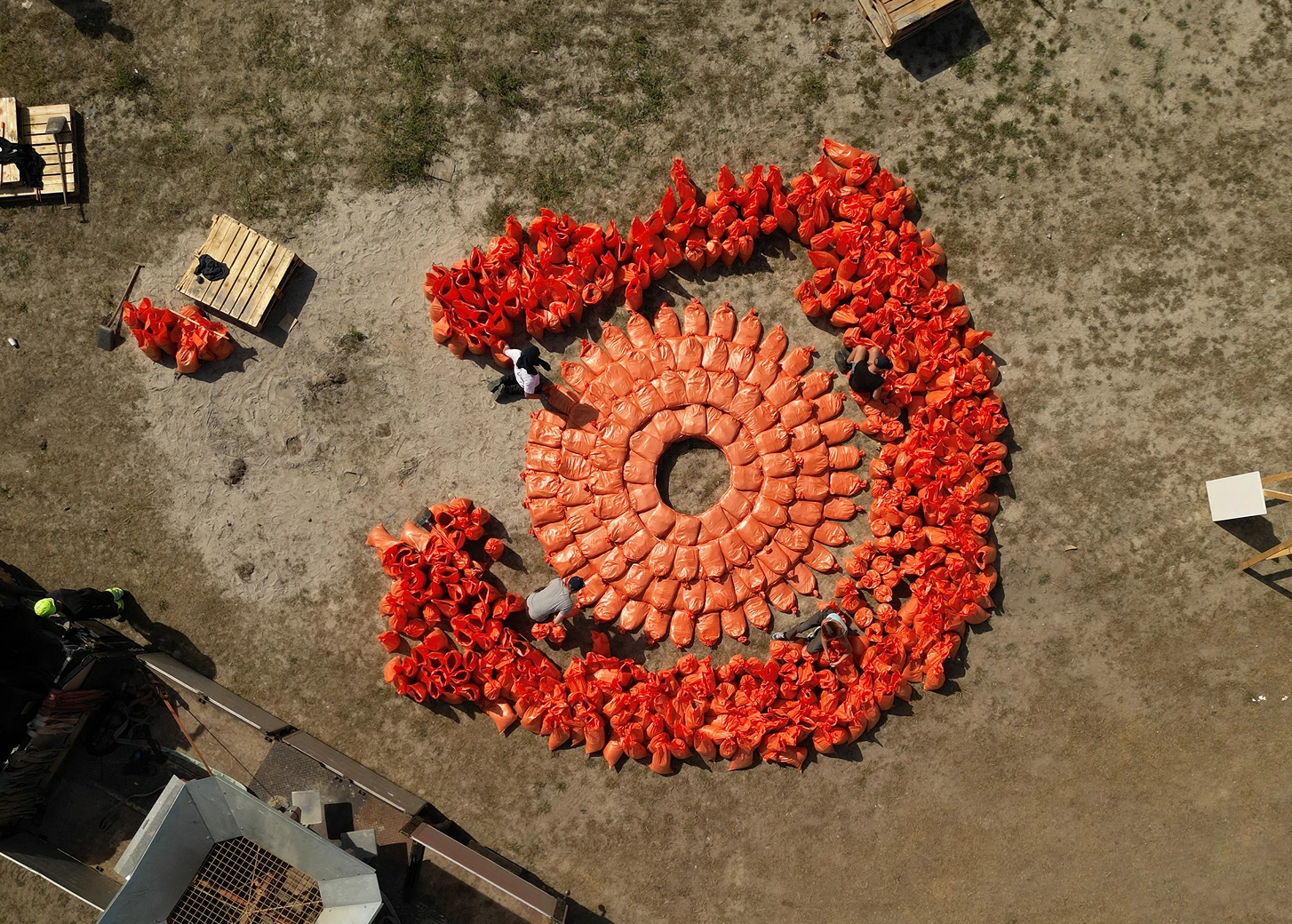
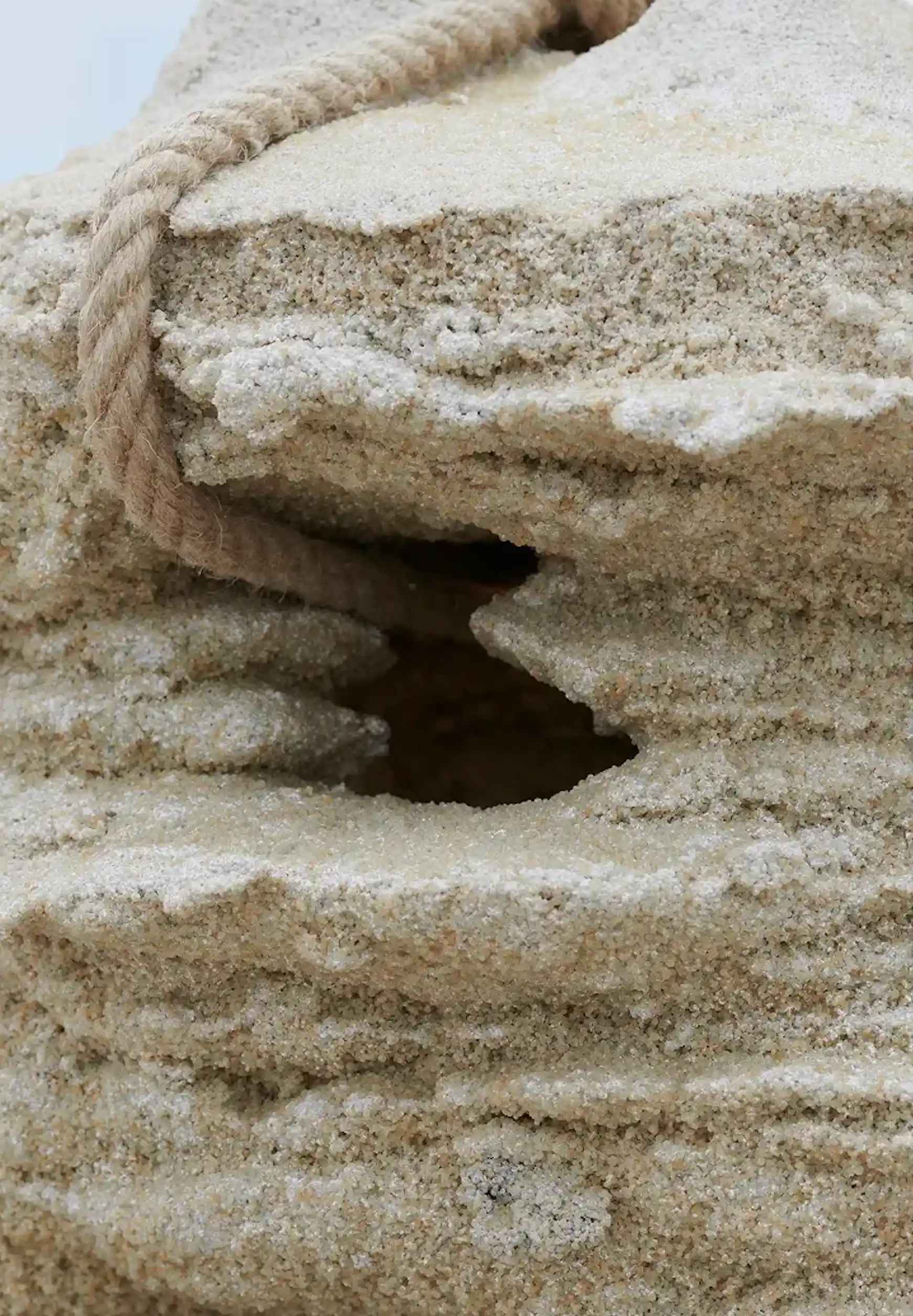
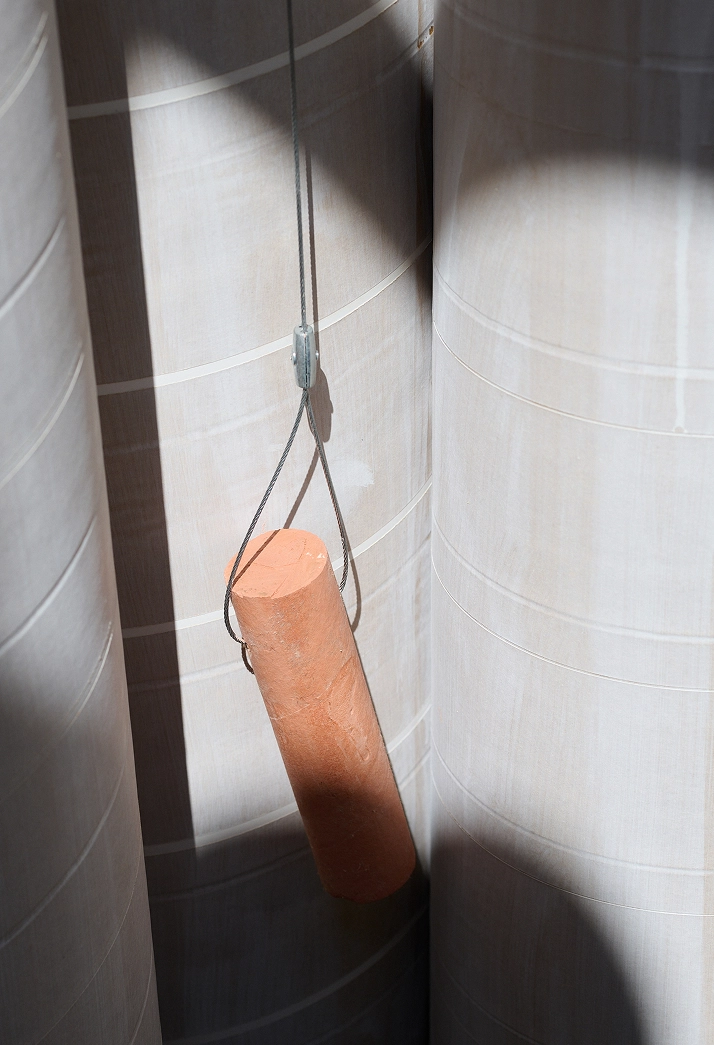
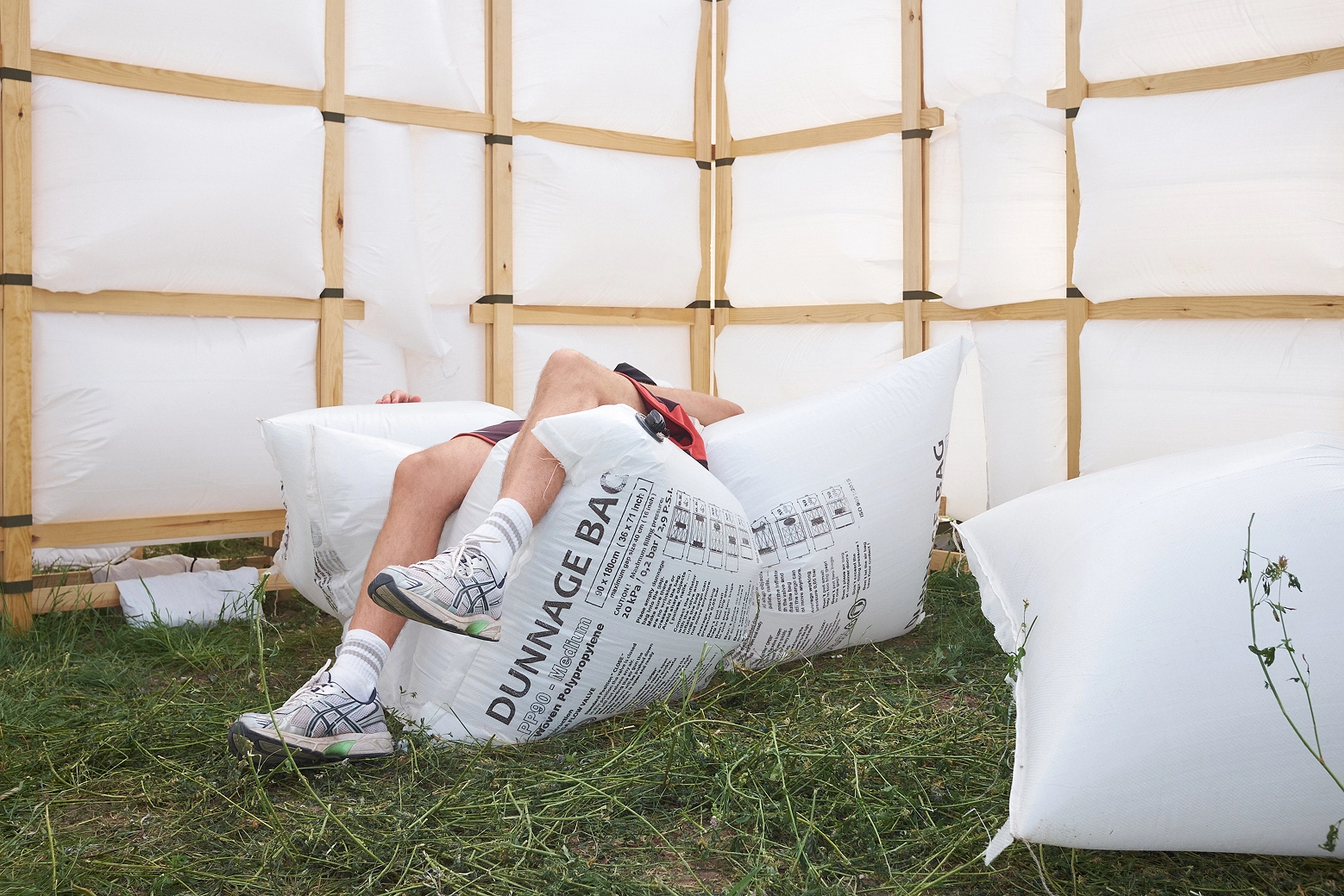
.webp)
%20(1).webp)
.webp)
Archive of Previous Editions